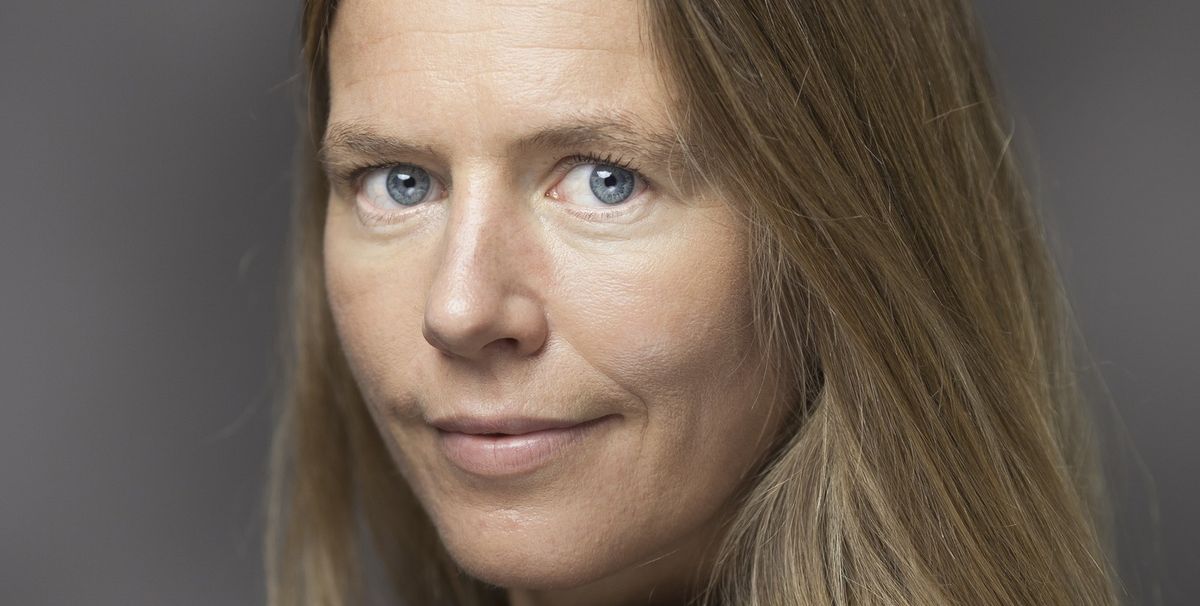The annual Tefaf art market report, published today (6 March), has had something of an overhaul by its new author, Rachel Pownall. Using a mixture of public and private sources, including offices of national statistics, financial databases and gallery sales, the economist and university professor estimates that the global art market is now worth $45bn, an increase, she says, of 1.7% compared with 2015.
However, if the previous author Clare McAndrew’s figures from last year are to be taken into account, $45bn represents a sizeable drop from the $63.8bn reached in 2015. Pownall says that the discrepancy in figures occurred because she focused on a more “specific definition of art dealers and galleries” than in previous reports. “The focus has the outcome that the industry estimates are smaller, yet we consider this to be more representative of the art and antiques market globally,” she says.
The most significant change in 2016, Pownall says, was the slump in public auction sales, which fell by 18.8% globally and by 41% in the US. But private sales are up, both for dealers and auction houses. Galleries saw a 24% rise, while private deals at auction houses reached $2bn in 2016. According to the report, dealers saw an increase in revenue of between 20% and 25% in 2016, while private sales now account for around 70% of all sales worldwide.
Art dealers benefited in 2016, Pownall says, because “buyers and sellers alike are seeking privacy and opacity in their transactions”. Dealer sales now account for 62.5% of global art sales–a figure previously estimated at around 50%.
Pownall acknowledges in her report that “it is near impossible to put an exact number on the size and volume of sales made privately”. She says that “some sales go unrecorded into tax havens or through off-shore arrangements, or in a temporary period of flux, whilst located in one of the world’s, increasing in number, Freeports”. Given the public outcry over austerity measures and global inequality, “buyers at the top-end of the market are preferring privately brokered deals to the traditional auction setting of bidding by open outcry”, the report states.
If the art market is to build on its “resilient recovery” since 2008, it needs to maintain its reputation and credibility, Pownall says. “The world's art markets are anchored into the fabric of our society, historically and socially,” the report says. “How resilient they are, depends on the foundations of trade, rather than on the terms of trade.”


